Throughout the year, towns and villages across the province of Almeria burst into colour, music, and joy during their traditional fiestas. These festivals are as diverse as the region itself—some solemn, others spectacular—but all are steeped in local pride and Andalusian spirit.
Here’s your guide to the most vibrant and unforgettable fiestas in Almería.
1. Feria y Fiestas de Almería (Mid-August)
The capital city’s annual fair is a true highlight of the summer. Held in honour of the Virgen del Mar, Almería’s patron saint, the feria lasts nine exhilarating days. The celebrations begin with a dramatic fireworks display over the Mediterranean and the ceremonial proclamation (pregón) in the Plaza de la Constitución.
During the day, the city’s centre is packed with people enjoying tapas trails, open-air concerts, and street performances. As night falls, the action moves to the fairground on the outskirts, where you’ll find brightly lit attractions, dance tents (casetas), live music, and flamenco shows. It’s a fiesta that blends tradition with modern fun—perfect for both families and night owls.
2. Semana Santa (Holy Week, March/April)
Easter in Almería is a deeply emotional and symbolic experience. From Palm Sunday to Easter Sunday, religious brotherhoods (cofradías) organize processions that slowly wind through city streets, carrying ornate floats (pasos) depicting scenes from the Passion of Christ. Penitents in hooded robes and brass bands accompany the statues, creating a powerful and haunting atmosphere.
In Huércal-Overa, considered one of the province’s most devout towns, the processions are especially grand, drawing crowds from across Andalusia. Even if you’re not religious, the solemnity, artistry, and sense of community make Semana Santa a moving spectacle.
3. Moros y Cristianos – Mojácar (Mid-June)
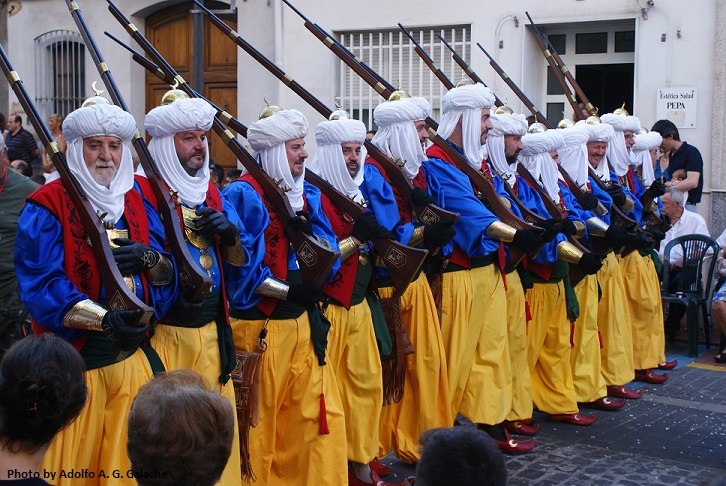
Mojácar’s Moors and Christians festival is one of the most colourful events in the region. It commemorates the town’s historic surrender in 1488, when the Moors handed over power to the Catholic Monarchs without a fight. Over the course of a weekend, the town transforms into a theatrical stage, with costumed reenactments, mock battles on the beach, parades through the narrow whitewashed streets, and fireworks lighting up the night sky.
Elaborate medieval costumes, booming music, and a joyful rivalry between the “armies” make this a must-see for history lovers and families alike.
4. Virgen del Mar Romería (Last Sunday in August)
This is a more intimate, traditional affair that begins with a pilgrimage from Almería city to the Ermita de Torregarcía, a small seaside chapel believed to be where the statue of the Virgen del Mar was discovered. Pilgrims travel on foot, on horseback, or in festively decorated carts. The day includes a mass, Andalusian folk music, dancing, and plenty of food and drink in true romería style.
It’s a beautiful blend of faith, nature, and community spirit—and a great chance for visitors to join in a very local experience.
5. Fiesta de San Isidro Labrador (May 15)
This fiesta is especially popular in agricultural towns like Níjar, La Cañada, and El Ejido. San Isidro is the patron saint of farmers, and his day is marked with processions featuring decorated tractors, carts pulled by oxen, and people in traditional cortijera dress. There are blessings of the fields, folk music, paella contests, and dancing in village squares. It’s a lively, family-friendly celebration that honours rural life and community roots.
6. Festival de San Sebastián – Various Towns (January 20)
San Sebastián, one of the oldest patron saints in the region, is honoured in towns like Serón and Fiñana with bonfires, fireworks, traditional pastries, and community feasts. In some areas, you’ll also see corridas de cintas (ribbon races on horseback) or desfile de gigantes y cabezudos—giant puppet parades that are great fun for kids. As the first major fiesta of the year, it sets the tone for what’s to come.
7. Fiesta de la Virgen de las Angustias – Vera (Late September)
Vera, a charming inland town known for its elegant architecture, hosts this fiesta in honour of its patroness. The celebrations combine religious devotion with exuberant entertainment. There’s a candlelit procession, traditional bull-running events (which are now more symbolic and regulated), and plenty of Andalusian music and dance. The streets fill with locals in flamenco dress, and the scent of churros and roasted almonds fills the air.
8. Noche de San Juan (June 23–24)
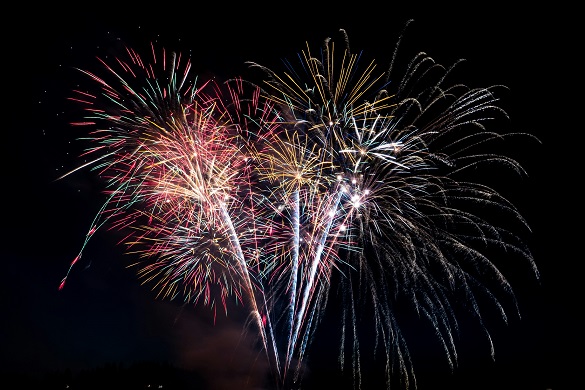 Celebrated all along the Almerían coast, especially in beach towns like Roquetas de Mar and Aguadulce, La Noche de San Juan marks the summer solstice with bonfires, fireworks, music, and midnight swims. Legend has it that jumping over the flames brings good luck, while taking a dip in the sea at midnight cleanses the soul. It’s a magical, firelit night where everyone—locals and visitors alike—gathers to party by the water.
Celebrated all along the Almerían coast, especially in beach towns like Roquetas de Mar and Aguadulce, La Noche de San Juan marks the summer solstice with bonfires, fireworks, music, and midnight swims. Legend has it that jumping over the flames brings good luck, while taking a dip in the sea at midnight cleanses the soul. It’s a magical, firelit night where everyone—locals and visitors alike—gathers to party by the water.
Tips for Visitors
Check local dates: Many fiestas move slightly each year or vary by town—check with local tourism offices before planning.
Book early: Hotels can fill up fast, especially in popular towns during major fiestas.
Bring cash: Many small events and food stalls don’t accept cards.
Join respectfully: While fiestas are fun, many are rooted in deep religious tradition. Respect local customs, especially during processions.
The fiestas of Almería are more than just parties—they’re a window into the soul of the region. Each one tells a story, passed down through generations, and invites you to become part of it.
Related articles
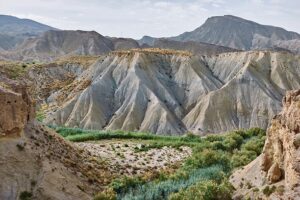
Top 10 must visit places in Almeria
Almería, located on the southeastern coast of Spain, is a hidden gem that combines a rich history with stunning natural
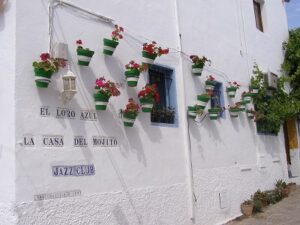
Day trips from the city of Almeria
The towns and villages surrounding Almeria are some of the most picturesque in Spain and provide a wide range of
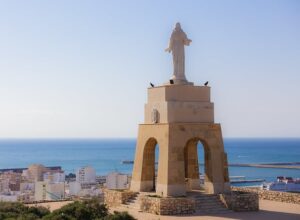
Lesser known places to visit in the city of Almeria
Almería is a city that often slips under the radar of tourists chasing the big names of Andalusia. But for
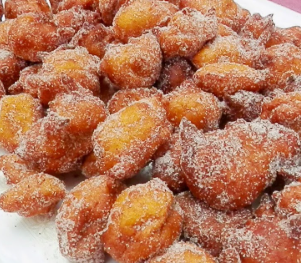
A taste of Almería: The Best Local Dishes to Try on Your Visit
When people think of Spanish cuisine, they often picture paella in Valencia or tapas in Seville. But tucked away in
